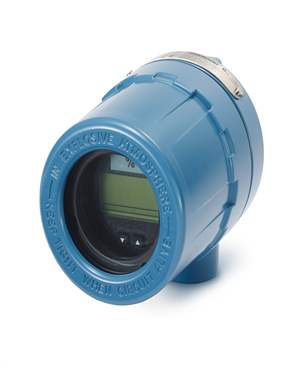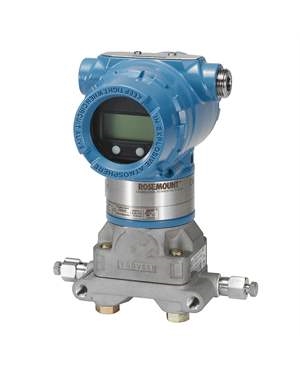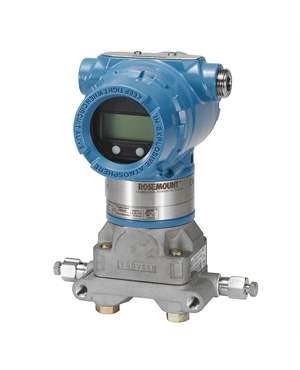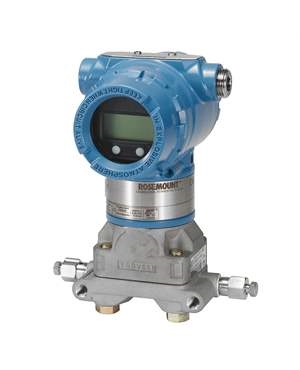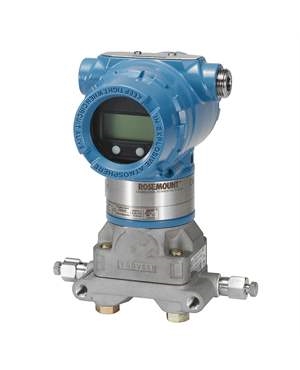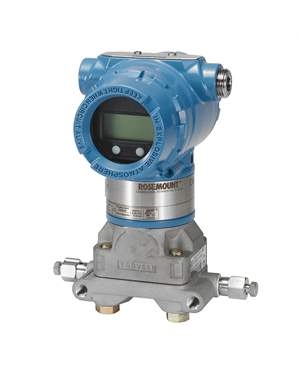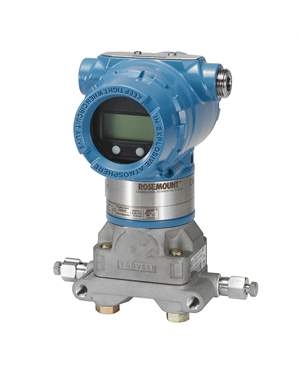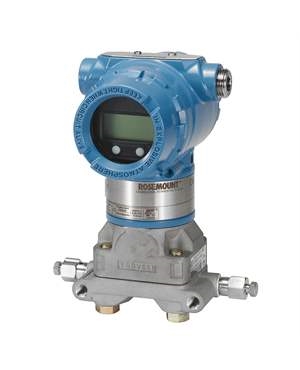A Beginner’s Guide for Installation of Thermowell
Brian Craig
May 28, 2021
Thermowells play an important role in industrial processes. These are cylindrical tubes used to protect thermal equipment like temperature sensors from coming in direct contact with fluids. Since temperature is a crucial factor of industrial processes, the protection of temperature sensors ensures the durability of thermal equipment and desired temperature measurement. However, these devices are only helpful if installed properly. If you are unaware of its installation procedure, then this post is for you. This post offers detailed guidelines for the installation of one or multiple Thermowells in industrial systems and important considerations related to it.
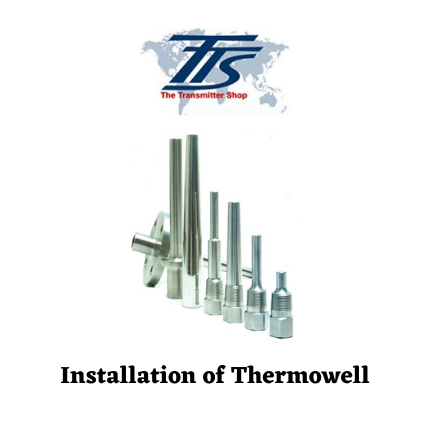
Guidelines to Install Thermowells
Thermowell installation is a calculated and meticulous procedure. It requires an appropriate selection of Thermowells, calculation of insertion depth/ immersion length, selection of mounting methods, and shield installation. Let us discuss all three steps in detail.
1. Calculation of Immersion Length: The Thermowells are installed inside fluid pipes or vessels in an industrial fluid processing system. It is important to immerse these devices to the appropriate depth in pipes or vessels so that the entire sensitive area of the temperature sensor can be protected. As, the temperature sensors are inserted inside these protecting devices, therefore insertion depth of sensors should be considered.
The immersion length can be calculated by using the following thumb rules.
- The immersion length of Thermowell depends on the diameter of the pipe or vessels. According to the thumb rule, the Thermowell should be inserted into 1/3rd or 2/3rd depth of the fluid stream.
- The insertion length of the temperature sensor should be lesser than 1-2" of the total length of Thermowell. This means the Thermowell should be 1-2" longer than the sensor probe but it should expose the temperature sensing area for measurement.
2. Choosing the Right Mounting Method: The Thermowells can be mounted in three different ways. Select one of the following mounting methods based on application requirements.
- 90° to The Pipe: This type of mounting is suitable to mount multiple Thermowells in series. The devices are installed perpendicular to the pipe without letting its tip touch the far wall of the pipe.
- 45° to The Pipe: This type of mounting is suitable for installing Thermowells in the circumferential area of the pipe. The angle between the two devices remains 45° to each other.
- In the Elbow: Elbows are exposed to temperature and pressure fluctuations in a fluid transmission system. The temperature sensors are installed at these elbows using Thermowells. These devices can be installed facing upstream or downstream.
3. Installation of the Shield: The Thermowells must be protected with a shield to prevent false temperature measurement. Often the sensors measure fluctuations in temperature however from the wall to sensor the fluid temperature may differ which causes false temperature measurement. Therefore the shield is installed between the walls of the pipe to the sensors.
Important Considerations to Make During the Thermowell Installation
The following factors should be considered while making the Thermowell installation.
- Perform installation based on the type of fluid, i.e.; liquid or gas.
- Consider parameters other than temperature such as pressure, fluid speed, etc.
- Measure the distance between the sensor and pipe fittings.
Key Considerations for Reliable Thermowell Installation
- Fluid Type: Gas and liquid behave differently; adjust immersion accordingly.
- Process Pressure & Flow: Higher pressure and flow increase vibration risk.
- Wake Frequency Calculation: Prevent resonance in high-velocity flows.
- Vibration Resistance: Tapered thermowells are more resistant to vibrations.
- Sensor Fit: Use spring-loaded sensors or thermal compound to improve contact.
- Accessibility: Choose a location that allows for sensor calibration and replacement.
Now that guidelines for the installation of Thermowells are discussed, the quality of devices must be verified. That is why you should source these devices from the trusted suppliers like The Transmitter Shop. The company offers high-quality Thermowells, temperature transmitters, etc. Since the inception, the company has offered high-quality devices, calibration, and repair services.
Frequently Asked Questions (FAQ):
What are the different types of thermowells?
Thermowells come in several types, including threaded, flanged, weld-in, socket weld, and Van Stone designs. Each type is chosen based on process pressure, fluid type, and installation method.
What is a thermowell used for?
A thermowell protects temperature sensors from harsh conditions like high pressure, corrosive fluids, and flow-induced vibration. It also allows for sensor maintenance without opening the process.
What is RTD in thermowell?
An RTD (Resistance Temperature Detector) is a temperature sensor that can be inserted into a thermowell to measure temperature accurately while being shielded from process media.
What is a thermowell in piping?
A thermowell in piping refers to the installation of a thermowell directly into a pipe or pipe fitting to measure the process temperature inside the pipeline.
What is a flanged thermowell?
A flanged thermowell uses a bolted flange connection to attach to the pipe. It is widely used in high-pressure, corrosive environments for its secure and leak-proof fit.
How do I ensure accuracy in thermowell installations?
Ensure proper immersion, eliminate air gaps using heat transfer compounds, prevent vibration, and mount in an area with steady fluid flow.
Related Posts
- Flow Measurement Challenges in Subsea Operations
- Pressure Sensing Sensor Modes of Measurement Key Differences and Benefits
- Electromagnetic Flow Sensors for Abrasive and Corrosive Fluids
- Mass Flow Meters and Their Working Principles
- Best Explosion Proof Switches for Hazardous Environments
- Best Explosion Proof Switches for Hazardous Environments
- Furnace Flame Sensor Faults Everything You Need to Know for Safe Operation
- Pneumatic Pressure Controllers: A Safe Choice for Hazardous Areas
- A Practical Guide to Vacuum Measurement and Operation
- Understanding Electrochemical Detection: Principles, Techniques and Environmental Application
QUICK ENQUIRY
